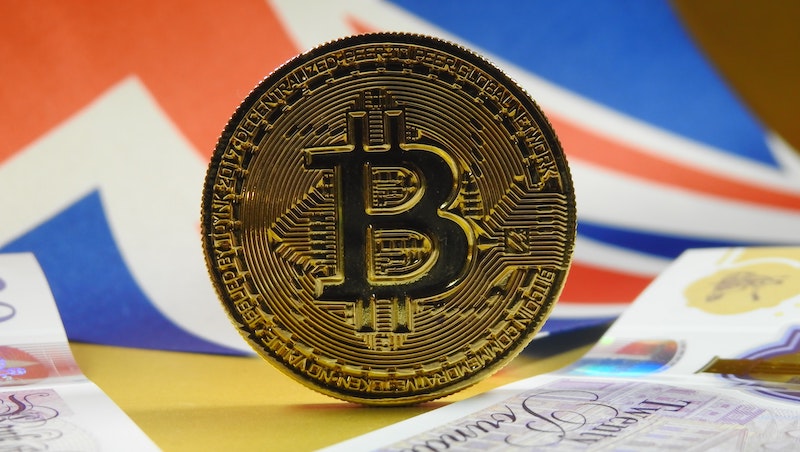Europe is already in recession, and growth in the US has certainly slowed from where it was late last year and early in 2012. The US is facing a number of structural problems that are keeping a lid on economic growth. Business confidence is weak, which has translated into anaemic levels of hiring and capital spending.
Modest earnings growth
The looming fiscal cliff and the associated political dysfunction make it difficult to believe that the nation’s debt problems will be solved and the country is still in the middle of a long-term deleveraging process.
It would be an over-reaction, however, to suggest that the US economy is also heading into a recession.
There are a number of important sources of strength within the US: the strong financial health of the corporate sector, a healing banking system, historically low levels of credit card delinquencies and signs of increased discretionary spending by consumers. Our view is that absent some sort of new catastrophic event, US growth should remain positive, if hardly stellar.
We are currently in the middle of second-quarter earnings reporting season and results have been at least decent, with forward guidance being fairly tepid. Over the past several years, US companies have been diligently cutting expenses, hoarding cash and deleveraging their balance sheets. Given the uncertain global economic environment, we expect most companies will remain conservatively positioned and will remain focused on retaining strong balance sheets.
Companies are likely to continue returning cash to shareholders in the form of dividends, dividend increases and share buybacks, but below-trend levels of business reinvestment will likely provide a headwind for longer-term earnings growth.
Looking ahead, given that we believe the economic recovery will be sustained, we would expect to see corporate earnings continue to grow, but the pace will be sluggish.
Investors still awaiting policy reflation
Given all of the negatives that seem to be paramount in investors’ minds, it may be easy to forget that we are still in the midst of a bull market. From their lows last October, US stocks climbed an impressive 32% to their April 2012 highs. Stocks subsequently experienced an 11% correction into early June and have since bounced back by close to 7%. On a year-to-date basis, stocks are up close to 10%.
Our forecast is that stocks should continue to climb higher, but that we will see some continued back-and-forth in prices. There is still room for additional policy easing around the world given weak growth levels and low levels of inflation. Equities do generally benefit during times of policy reflation, but they do so in a volatile fashion given the associated backdrop of economic concerns.
At present, many investors are positioned defensively (if not bearishly) and the macro risks are already priced into the markets. Valuation levels for stocks would also appear to provide support. Our long-term view for equities is still a positive one, but we are not expecting to see a significant upside breakout unless and until more policy clarity emerges.











